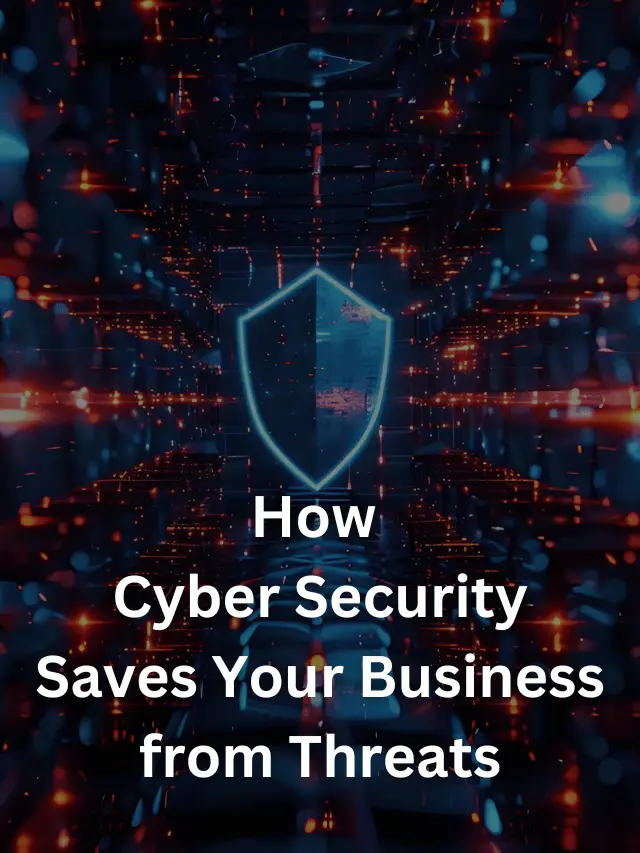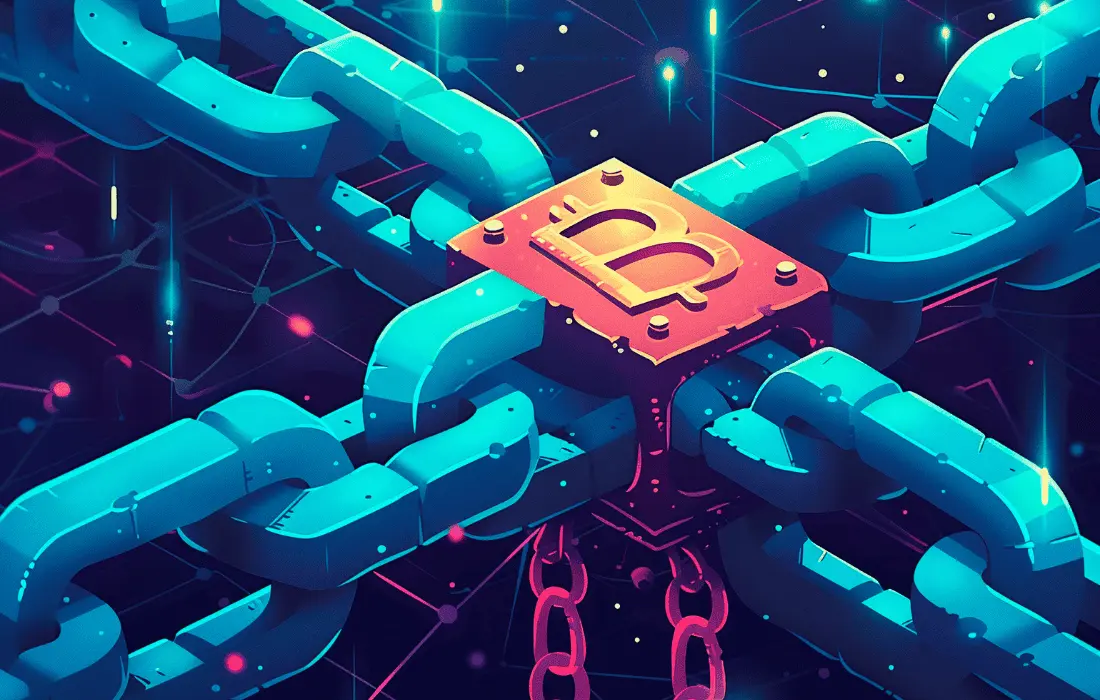Best Security Practices to Protect Your Data and Your Company Data
In today’s digital age, cyber security is paramount. With the ever-increasing threats targeting both individuals and companies, implementing robust cybersecurity measures is essential. This comprehensive guide will walk you through the top cyber security best practices to safeguard your data and your organization.
1. Conduct Regular Security Assessments
Regular security assessments are crucial for identifying vulnerabilities in your system. Penetration testing and vulnerability assessments help uncover potential weaknesses before malicious actors can exploit them. By conducting these assessments regularly, you can stay one step ahead of cyber threats.
2. Implement Strong Password Policies
Passwords are often the first line of defense against unauthorized access. Implementing strong password policies is essential. Encourage the use of complex passwords that include a mix of letters, numbers, and special characters. Additionally, require employees to change their passwords regularly and avoid using the same password for multiple accounts.
3. Use Multi-Factor Authentication (MFA)
Multi-factor authentication (MFA) adds an extra layer of security by requiring users to provide two or more verification factors to gain access. This could include something they know (password), something they have (a smartphone), or something they are (fingerprint). MFA significantly reduces the risk of unauthorized access, even if a password is compromised.
4. Encrypt Sensitive Data
Data encryption is a critical practice for protecting sensitive information. Ensure that all sensitive data, both at rest and in transit, is encrypted using strong encryption algorithms. Encryption ensures that even if data is intercepted, it cannot be read by unauthorized parties.
5. Regular Software Updates and Patch Management
Keeping software up to date is essential for maintaining security. Regularly updating operating systems, applications, and firmware helps protect against known vulnerabilities. Implement a patch management process to ensure that updates are applied promptly across all systems.
6. Educate and Train Employees
Human error is a leading cause of cyber security incidents. Regularly educate and train employees on cybersecurity best practices. Conduct phishing simulations to raise awareness about phishing attacks and teach employees how to recognize and report suspicious emails. Create a culture of cybersecurity awareness within your organization.
7. Implement Firewalls and Intrusion Detection Systems (IDS)
Firewalls and intrusion detection systems (IDS) are essential components of a robust cyber security infrastructure. Firewalls act as a barrier between your internal network and external threats, while IDS monitors network traffic for signs of malicious activity. Implementing these technologies helps detect and prevent unauthorized access.
8. Develop an Incident Response Plan
Despite your best efforts, cybersecurity incidents can still occur. Having a well-defined incident response plan is crucial for minimizing damage and recovering quickly. The plan should outline the steps to take in the event of a breach, including communication protocols, containment strategies, and recovery procedures. Regularly review and update the plan to ensure its effectiveness.
9. Backup Data Regularly
Regular data backups are essential for recovering from a cybersecurity incident. Ensure that backups are stored securely and are tested regularly to verify their integrity. Implement a backup strategy that includes both on-site and off-site backups to protect against data loss from various threats.
10. Control Access to Sensitive Information
Implementing strict access controls is vital for protecting sensitive data. Use the principle of least privilege, which means granting users the minimum level of access necessary to perform their job functions. Regularly review access permissions and revoke access for employees who no longer need it.
11. Monitor and Log Network Activity
Continuous monitoring and logging of network activity are critical for detecting suspicious behavior. Implement network monitoring tools that can identify anomalies and potential threats in real time. Regularly review logs to identify patterns that may indicate a security breach.
12. Secure Mobile Devices
Mobile devices are often overlooked in cyber security strategies but can be a significant source of vulnerability. Implement security measures such as device encryption, remote wipe capabilities, and mobile device management (MDM) solutions. Educate employees about the risks of using unsecured public Wi-Fi networks and the importance of keeping their devices updated.
13. Implement Endpoint Protection
Endpoint protection solutions, such as antivirus software and endpoint detection and response (EDR) tools, are essential for protecting devices connected to your network. These tools can detect and mitigate threats at the endpoint level, preventing malware from spreading within your organization.
14. Secure Cloud Environments
As more organizations move to the cloud, securing cloud environments becomes increasingly important. Ensure that cloud services are configured correctly and that data stored in the cloud is encrypted. Use cloud access security brokers (CASBs) to enforce security policies and monitor cloud activity.
15. Engage with a Cyber Security Partner
For many organizations, partnering with a cybersecurity firm can provide access to expertise and resources that may not be available in-house. A cybersecurity partner can assist with risk assessments, incident response, and the implementation of advanced security measures. Nextdynamix, a global cybersecurity provider, offers comprehensive solutions tailored to your specific needs, ensuring robust protection for your data and systems.
Frequently Asked Questions (FAQs)
1. Why is multi-factor authentication (MFA) important?
Multi-factor authentication (MFA) adds an additional layer of security by requiring multiple forms of verification before granting access. This greatly reduces the risk of unauthorized access, even if a password is compromised, making it a crucial component of any cybersecurity strategy.
2. How often should we conduct security assessments?
It is recommended to conduct security assessments at least once a year. However, more frequent assessments may be necessary depending on your organization’s size, industry, and risk profile. Regular assessments help identify and address vulnerabilities promptly.
3. What are the benefits of encrypting data?
Encrypting data ensures that even if it is intercepted or accessed without authorization, it remains unreadable and secure. This protects sensitive information from being compromised, safeguarding your organization’s data and maintaining privacy.
4. What should be included in an incident response plan?
An incident response plan should include clear communication protocols, roles and responsibilities, steps for containment, eradication, and recovery, and procedures for post-incident analysis and reporting. Regularly updating and testing the plan ensures its effectiveness.
5. Why is employee training on cyber Sscurity important?
Employees are often the first line of defense against cyber threats. Training them on cyber security best practices, such as recognizing phishing attempts and safe internet usage, reduces the risk of human error leading to security breaches. Regular training fosters a culture of cybersecurity awareness within the organization.
Conclusion
By implementing these cybersecurity best practices, you can significantly reduce the risk of data breaches and protect both your personal and company data. Staying vigilant and proactive in your approach to cybersecurity will help ensure that your organization remains secure in an ever-evolving threat landscape.
If you found this content useful and want to stay updated with the latest in cybersecurity, be sure to follow Content Utility and subscribe for more expert insights.

















